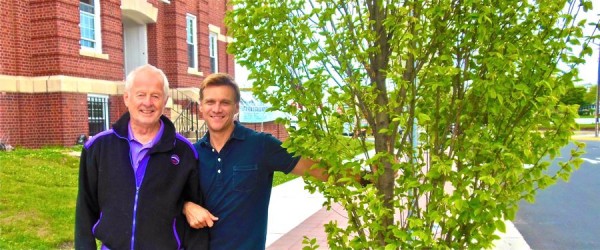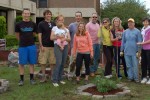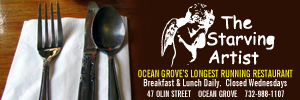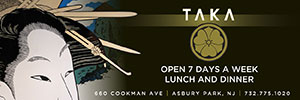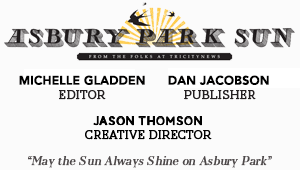Asbury Park’s urban forest assessment underway
First new plantings will take root Sept. 28 on Dewitt Avenue
By the end of September, Asbury Park will see the first new trees planted through American Forests’ efforts to study and improve the overall tree canopy and green structure in the city.
American Forests, the oldest national nonprofit conservation organization in the country, is leading the effort as part of their “Community ReLeaf” program to study the urban forests of five U.S. cities.
Although the definition for an urban forest can vary, American Forests considers any green structure within an urban community part of the urban forest ecosystem, according to Melinda Housholder, director of the Urban Forest Program for American Forests.
The studies will provide information about the improvement of air quality, water quality, energy efficiency through shade (a good tree canopy can decrease costs from air conditioning) and the capture and storage of carbon dioxide in the atmosphere, Housholder said.
On September 28, members of the city’s Environmental and Shade Tree Commission [ESTC], along with representatives from IKEA and Bank of America, who have provided funds for the project, will plant trees along the east and west sides of Dewitt Avenue between Bangs and Springfield avenues, according to ESTC Chair Tom Pivinski [pictured above, left, with fellow ESTC member Russell Lewis].
There are 40 potential spaces along the stretch of Dewitt Avenue. Pivinski hopes to get at least 30 maple, elm and zelcova tree planted that day. The maples will be planted on the west side, where there are no electric wires, he said.
“There, they can grow as tall as they want to,” he said.
The smaller elms and zelcovas will be planted on the east side where they will not grow so tall as to interfere with the power lines currently in place. He and other members of the ESTC will first canvass the area in the coming weeks to see if people want them in front of their homes.
The strategic plantings are just one of the steps in the three-stage study of urban forests, which also include an overall assessment as well as education and outreach, according to Housholder.
“We’re looking at it in the scope of climate change,” she said. “What are the roles of trees to help carbon sequestration (the capture and storage of carbon dioxide) in the future?” she said.
Asbury Park was chosen as one of five cities in the nation to be part of the study along with Atlanta, Ga., Detroit, Nashville and Pasadena, Calif.
Each project is unique to the each individual city. In Asbury, the project is tailored to assess how the urban forest is impacted by natural disasters like hurricane Sandy. The information gathered will serve to inform future urban forest restoration to best benefit communities that face similar threats, Housholder said.
The Asbury project began with an aerial assessment of the city taken and compared with one from 2010, before and after hurricane Sandy, according to Pivinski.
“Library Square took the most damage,” he said. “We lost 23 trees.”
Last Arbor Day, the shade tree commission planted 35 new trees in the park, he said. This allowed the ReLeaf effort to be focused on other areas. Pivinski and a representative from the NJ Tree Foundation drove the length of the town and decided the west side was more in need of a canopy.
Similar plantings will take place in other areas of the city as the project continues, Householder said.
————————————————————
Update: The original article stated trees would be planted along Dewitt Avenue between Bangs and Summerfield avenues; trees will be planted along Dewitt Avenue between Bangs and Springfield avenues. This version reflects that change.
————————————————————

